Hot Stove #219 – Spring Training – The Royals, Hot Springs and the New Rules
The Royals are in first place in the 2023 pennant race!!!!
In the Cactus League in Phoenix.
Latest standings:
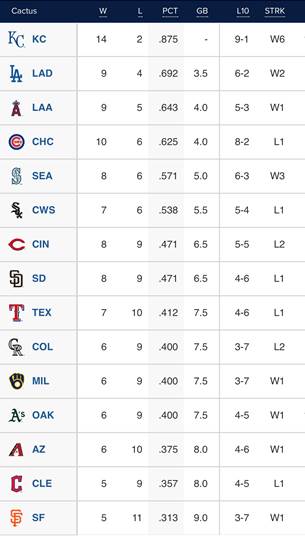
What does this mean for the regular season? Usually, not much. But we can hope that it’s a precursor of better times for the Royals.
Below, from Royals photographer Jason Hanna at Surprise Stadium.

Spring Training – Hope: Sportswriter Joe Posnanski was with the Kansas City Star from 1996 to 2009. The only winning season for the Royals during those years was 2003 (83-79). But Joe always had hope. As he has written about those times…
“If you are a bit older, you might remember that every year around spring training, I would write a ‘Why the Royals are going to win’ column. The column was an interesting challenge because (counter to some angry response I would get) I was not unaware that the Royals probably were not going to win. At the same time, I wasn’t writing those columns as a joke. The point, I guess, was that the Royals could win – if this good thing happened and the other good thing happened. The Royals lost 100 games four out of five years in my Star columnist days. But in that one odd year, 2003, they were in first place most of the season. Baseball, I like to think, is about hope.”
Last week, a Royals Review tweet expressed a similar thought…
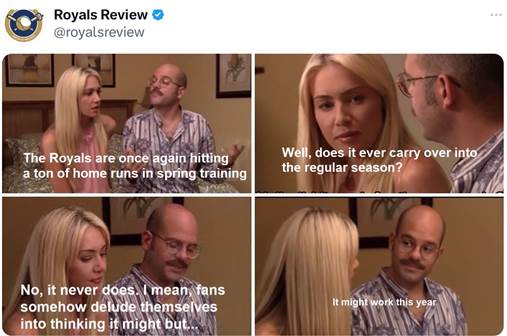
Let’s hope spring training success does carry over this year.
Spring Training – Reality: Spring training results rarely reflect the reality of the upcoming season. Small sample size. Too many at bats against lower-level pitchers. Emphasis on developing a lineup rather than winning. I like this description by author Bill Bryson…
“I was at once amazed and charmed that several thousand people were prepared to pay good money…to watch a baseball game that has no real purpose…Spring training is a strange pastime, when you think about it, in that you aren’t watching people do their job but, rather, preparing to do their job. It is like watching Katie Couric getting her hair done or Dan Rather shaving. Still…I enjoyed myself immensely. There really is something wholesome about spring training, and I am sure it is the underlying pointlessness of it all – that these games don’t count for anything and won’t be remembered – that gives spring training its noble qualities.”
Bryson is mostly right about the games not being remembered, but there are of course exceptions. The most famous is probably a spring training game over a century ago that changed baseball forever. And it happened about 400 miles south of Kansas City…
Babe Ruth and Hot Springs, Arkansas: In 1886, President Al Spalding of the Chicago White Stockings (today’s Chicago Cubs) took his team to Hot Springs for pre-season workouts. When his team won the National League pennant that year, it prompted other teams to adopt the idea. Continuing through the 1920s, many American and National League teams came to Hot Springs for spring training. Some Negro League teams also trained in Hot Springs, including the Kansas City Monarchs in 1928.
This history as the “birthplace” of spring training is celebrated in Hot Springs along the “Historic Baseball Trail” (website here). Approximately one-third of the players in the National Baseball Hall of Fame played in spring training games in Hot Springs.
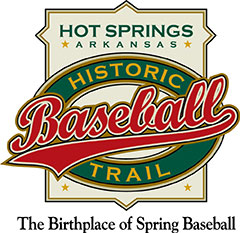
From 1915 to 1918, Babe Ruth of the Boston Red Sox played his spring training games in Hot Springs. Below, Ruth in Hot Springs in 1916. In the regular season that year, he went 23-12 and had a league leading ERA of 1.75. This painting of Ruth is by Graig Kreindler who is well known for his baseball portraits, including a magnificent series on Negro Leaguers.

Although Ruth was known to be a decent hitter, his prowess as a pitcher meant he was not in the lineup unless he was on the mound. During spring training in 1918, on St. Patrick’s Day, Ruth was pressed into service when the first baseman was unavailable. It was the first time the Babe ever played a position other than pitcher. He hit two home runs, the second landing across the street from the park in a pond at the Arkansas Alligator Farm, a Hot Springs private zoo. The homer became part of baseball lore because it was measured at 573 feet, the first recorded home run in excess of 500 feet.
The zoo is still in operation today, and a sign by the pond proclaims that the blast by Babe Ruth “CHANGED BASEBALL FOREVER.” Warning: Don’t feed the alligator.
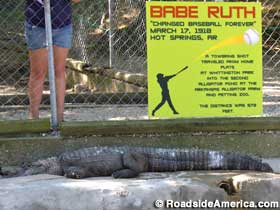
The long homer convinced the Red Sox that Ruth needed to be in the lineup in more games. When the 1918 regular season got underway, his pitching starts were reduced by about half. He finished 13-7 with an ERA of 2.22. Playing in 95 games, he hit 11 home runs, tying him for the MLB lead.
In 1919, the Red Sox held spring training in Tampa where Ruth again made news with an awesome homer (some accounts say 587 feet). And he again excelled in the regular season. His pitching record was 9-5 with an ERA of 2.97. He played in 130 games and led the league with 29 homers (the second place hitter had 12).
After the 1919 season, Ruth was sold to the Yankees where he ignited a dynasty. Boston was left with the Curse of the Bambino.
That spring training homer to the alligator pond (and the trade to the Yankees) indeed changed baseball forever.
Hot Springs Bonus: Hot Springs changed the Babe’s life in another way. He took up golf at spring training in his rookie year of 1915. He became an accomplished golfer and famously used the game to get in shape during spring training throughout his career. Below, from 1929 in St. Petersburg, the long-time spring training home of the Yankees.
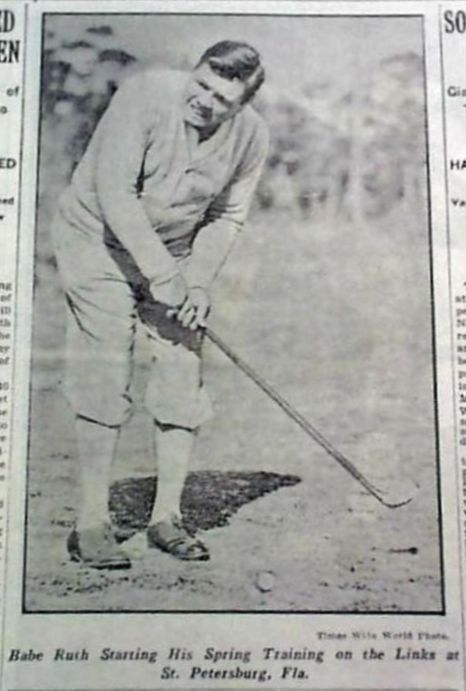
Spring Training 2022: Last year at this time, no spring training games had yet been played. The owners had locked out the players as the parties negotiated a new collective bargaining agreement (CBA). On March 10, an agreement was reached, and the first spring training games were played on March 17 (the 104th anniversary of Ruth’s blast to the alligator pond).
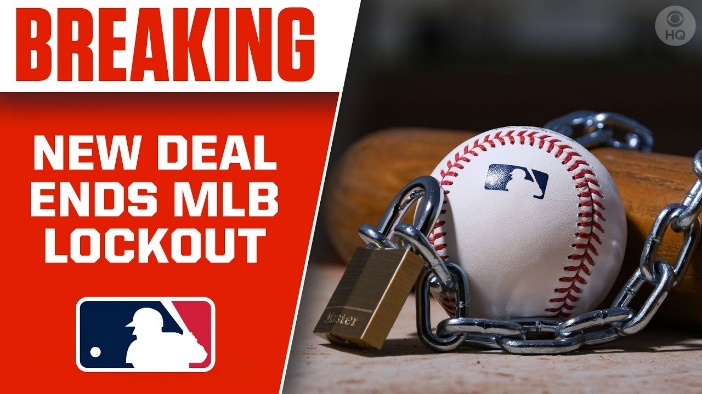
The new CBA added refinements to compensation that were favorable to the players. In return, the commissioner and the owners were given more leeway to make changes to the rules of the game. Fan interest, both at the parks and on television, has been declining for the last several years. The primary culprits were believed to be the length of the games (over three hours on average) and lack of action on the field (too much reliance on home runs). New rules were needed to add action while reducing deadtime in the game.
It did not take long for MLB to act. New rules had already been tested in the minor leagues, and MLB expanded those tests in 2022. This year, the rules moved to the major league level.
The New Rules: There has been an avalanche of news out of spring training about the enforcement of the new rules and the reaction of the players and owners. On balance, I think the reaction has been positive.
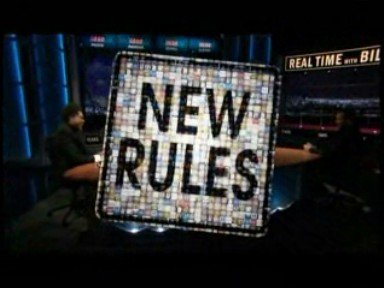
My personal opinion: I LIKE ALL OF THEM!
Pitch Clock: The need was obvious. Fun example: Zack Greinke taking enough time between two pitches for the entire Kentucky Derby to be run (click here). And don’t get me started on the OCD-like adjustment of batting gloves.
Pitchers will get 15 seconds to pitch, bumped to 20 seconds if a runner is on base. The batter must be set in the box and alert to the pitcher with 8 seconds left on the clock.
If the pitcher is not timely, a ball is called. If a batter is not timely, a strike is called.
During each at bat, a pitcher is limited to two disengagements (pick-off attempts or stepping off the rubber). If a third pickoff attempt is made and is unsuccessful, the runner moves up a base.
How has it worked out so far? MLB spring training games have been approximately 25 minutes shorter than last year. If this holds up in the regular season, MLB will have cause for celebration.
Larger Bases: MLB has adopted the larger bases that were used in Triple-A last year. The increase from 15” to 18” reduces the distance between the bases (diagram below), potentially leading to more success for batters running out infield hits and for runners stealing bases. An added advantage is that a fielder and a runner are less likely to step on each other as they race to a base.
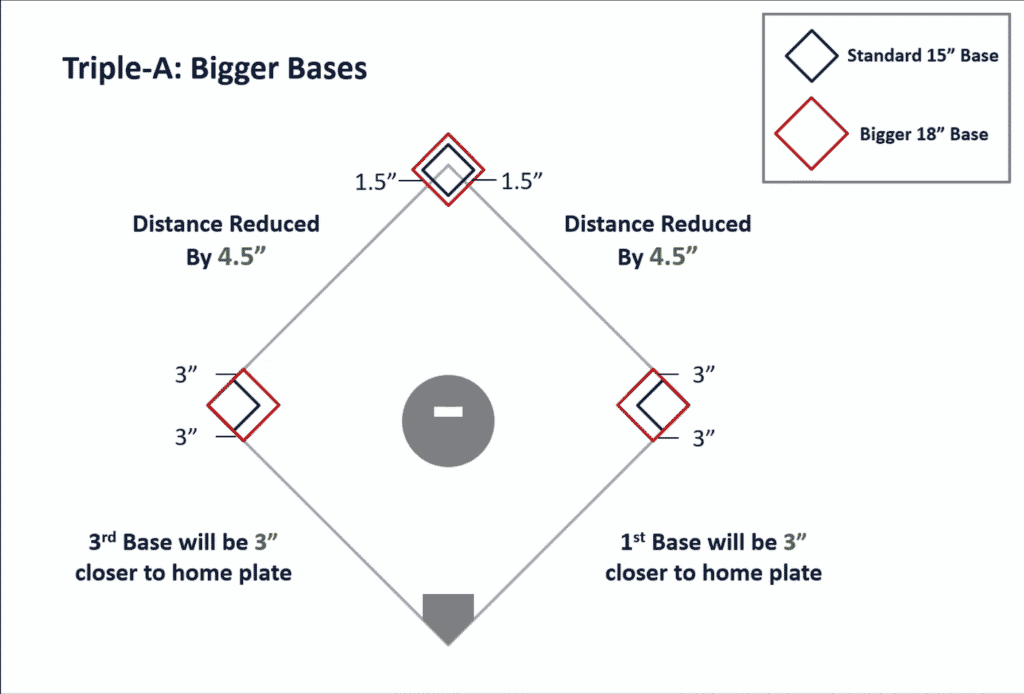
Shift Restrictions: Infielders must play on the infield (two on each side of second base). Outfielders must play in the outfield. Goal: More hits and more infield defensive highlights.
Reading Recommendation: The earlier Bill Bryson quote came from an article he wrote for the New Yorker in 2001. It was brought to my attention by three Hot Stove readers after it was reprinted this month in a New Yorker newsletter. I’ve read some of Bryson’s books, and so was not surprised to find that it was a humorous and beautifully written piece. The article is about Bryson’s father who was a sportswriter for the Des Moines Register (click here). Three Hot Stove readers (Anne, Mike, Pat) can’t be wrong.
The Wide World of Sports on TV: In other sports news…
In soccer, Ted Lasso begins its third season this Wednesday on Apple+ (trailer here). For another Apple+ show with great comedic writing and a superb cast, see Shrinking. Who knew Harrison Ford (a/k/a Indiana Jones) could be so funny?
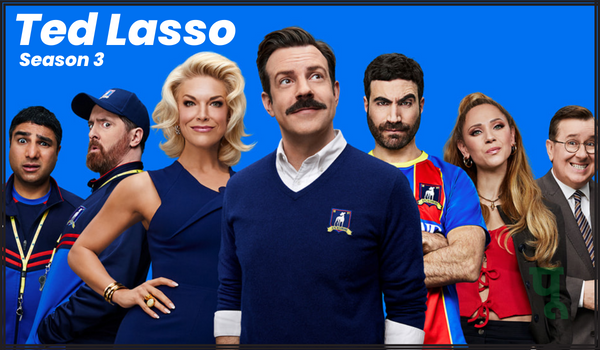
In golf, Rita and I watched the 8-episode Netflix series Full Swing, a behind-the-scenes look at the PGA Tour (trailer here). With some lucky timing, the series was being shot in the midst of some golfers leaving the PGA for the Saudi Arabian LIV Tour (a/k/a Bone Saw Tour). Our favorite parts of the documentary were the personal storylines involving individual golfers, especially some of the younger ones starting to make their mark on the tour. The series has given us an incentive to watch more PGA golf this year.
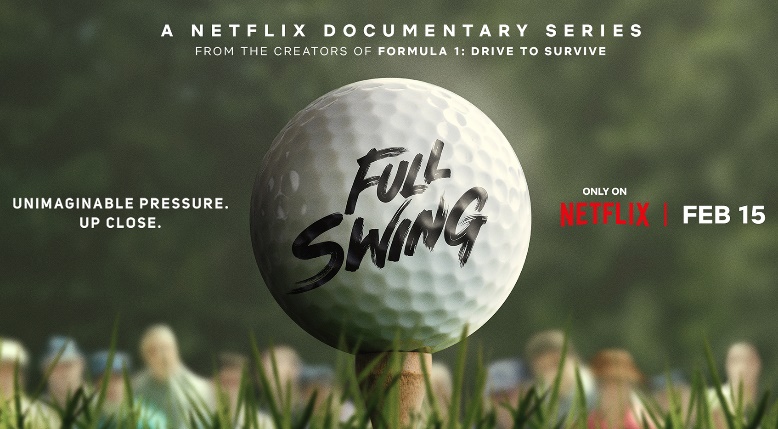
In football, with the Super Bowl and the parade over, attention turned to Travis Kelce as the guest host of Saturday Night Live. The fans and critics agree. Travis was very good.
I loved the promo for the show which parodied a scene from Raiders of the Lost Ark, a film on my personal Top Ten list. Travis takes on the role of Indiana Jones (a/k/a Harrison Ford) in the famous “boulder” scene. See the Travis promo here and the real thing here.
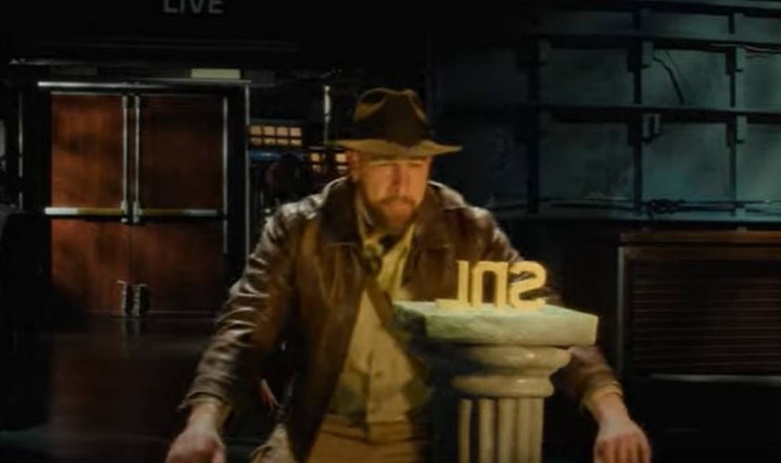
Moving on from one Steven Spielberg movie to another…
The Oscars: Rita and I have been attending the Telluride Film Festival over Labor Day Weekend since 2011. We have been very lucky – the festival screened the Oscar winner for best picture in all but two years. No such luck at the 2022 festival, which did screen two nominated films (TÁR and Women Talking), but not the winner last night at the Academy Awards.
Personal capsule summaries of the ten nominated films:
We liked The Fabelmans, but Steven Spielberg has done much better; liked Austin Butler playing Elvis; liked Cate Blanchett playing Lydia Tar; Top Gun: Maverick was highly entertaining; liked the ensemble cast of Women Talking; for us, all was not Quiet On the Western Front – too brutal, and we did not finish; good acting in Banshees, but the story took some weird turns; the poster below for the Triangle of Sadness shows what we thought of the movie; have not yet seen Avatar; and…
The winner was the projected favorite, Everything Everywhere All At Once. The Academy voters embraced the chaos. We did not.

We will be back in Telluride this September. Passes, condo, flights and rental car all lined up. It should be a special year – the 50th edition of the festival.
Fun facts from a NYT article: The average movie ticket cost $11.75 in 2022. The average movie ticket in 1962 was $1.42. Adjusted for inflation, that ticket would cost $11.93 today.
Oscar Trivia: Todd Field, the Oscar-nominated director of TÁR, was the batboy for the Portland Mavericks when he was 13 years old. The Mavericks are the independent pro team featured in the excellent 2014 documentary The Battered Bastards of Baseball (currently on Netflix, trailer here).
Field idolized the players, and to be like them, he filled a pouch with shredded licorice to mimic them chewing tobacco. Mavericks pitcher Rob Nelson liked the idea and developed a prototype using bubble gum. Another Mavericks pitcher, former major leaguer Jim Bouton, worked with Nelson to market “Big League Chew,” and it took off. Over 900 million pouches have been sold since 1980. Sales are now approximately $15 million per year (the domestic box office for TÁR is $6.7 million).
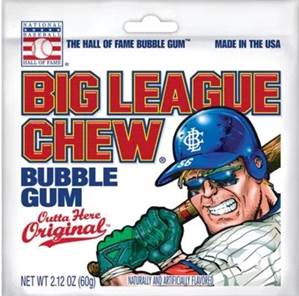
Nelson and Bouton credit Field with the original concept, but not the final product. So Field gets only notoriety, no royalties.
Lonnie’s Jukebox – Johnny Rivers Edition: In the evening, when Rita and I are not watching a TV program, we have our Spectrum cable set on Music Channel 1930 for “Solid Gold Oldies.” Good stuff from the ‘50s and ‘60s. On occasion, a song prompts us to get up and dance, and we recently did this when we heard…
“Mountain of Love” by Johnny Rivers (1964). Peaked at #9. Great beat for dancing. This was a cover of the original by the artist who wrote the song…
“Mountain of Love” by Harold Dorman (1960). Peaked at #21. I have to show the record label.
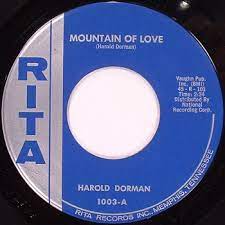
From 1964 to 1977, Rivers had nine Top Ten hits. In 1990, Rita and I saw him at an outdoor concert at Crown Center. In 2019, he announced his farewell tour, and his last live appearance was in 2021. In November of last year, he joined my age group when he became an octogenarian.
“Memphis” by Johnny Rivers (1964). American Bandstand appearance. This was his first record to chart, and it peaked at #2. The song was written by Chuck Berry who recorded it in 1959. Rivers sang at Chuck Berry’s funeral in 2017.
Rivers had long engagements at the Whisky A Go Go on Sunset Strip in the 1960s and released a series of live albums. The one I bought (and still have) is Meanwhile Back At the Whisky A Go Go. One of the tracks on the album is…
“Seventh Son” by Johnny Rivers (1965). Peaked at #7.
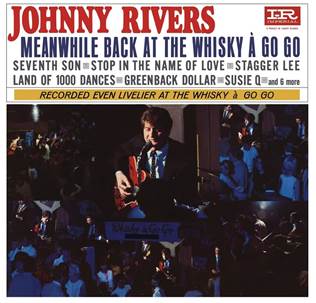
Johnny Rivers was a master of doing his own arrangements to cover songs by other artists. And as he had done with “Memphis” and “Mountain of Love,” he had three more Top Ten hits that were covers. In all five cases, his version peaked higher than the original on the charts.
“Baby I Need Your Lovin’” by Johnny Rivers (1967). Peaked at #3. A cover of the 1964 hit (#11) by the Four Tops.
“The Tracks Of My Tears” by Johnny Rivers (1967). Peaked at #10. A cover of the 1965 hit (#16) by the Miracles.
“Rockin’ Pneumonia – Boogie Woogie Flu” by Johnny Rivers (1972). Peaked at #6. A cover of the 1957 hit (#52) by Huey Piano Smith and the Clowns.
I’ll finish with a slow song that will no doubt get Rita and me up to dance when it plays on Music Channel 1930.
“Swayin’ To the Music (Slow Dancing)” by Johnny Rivers (1977). Peaked at #10.
Thank you Johnny.
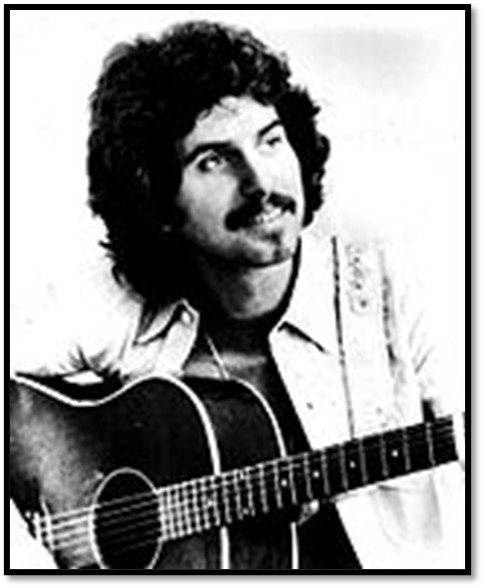
Fair or Foul?: Another beauty from Royals photographer Jason Hanna. The moon rising over the foul pole during a game at Surprise Stadium.
